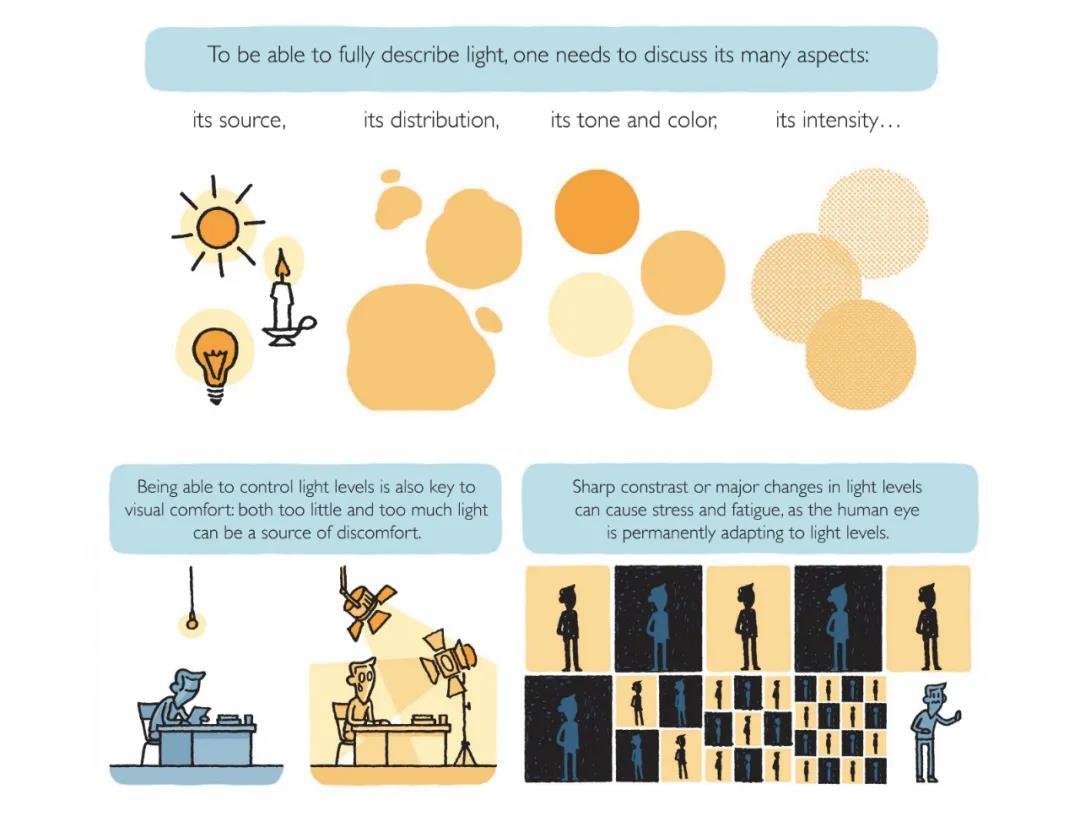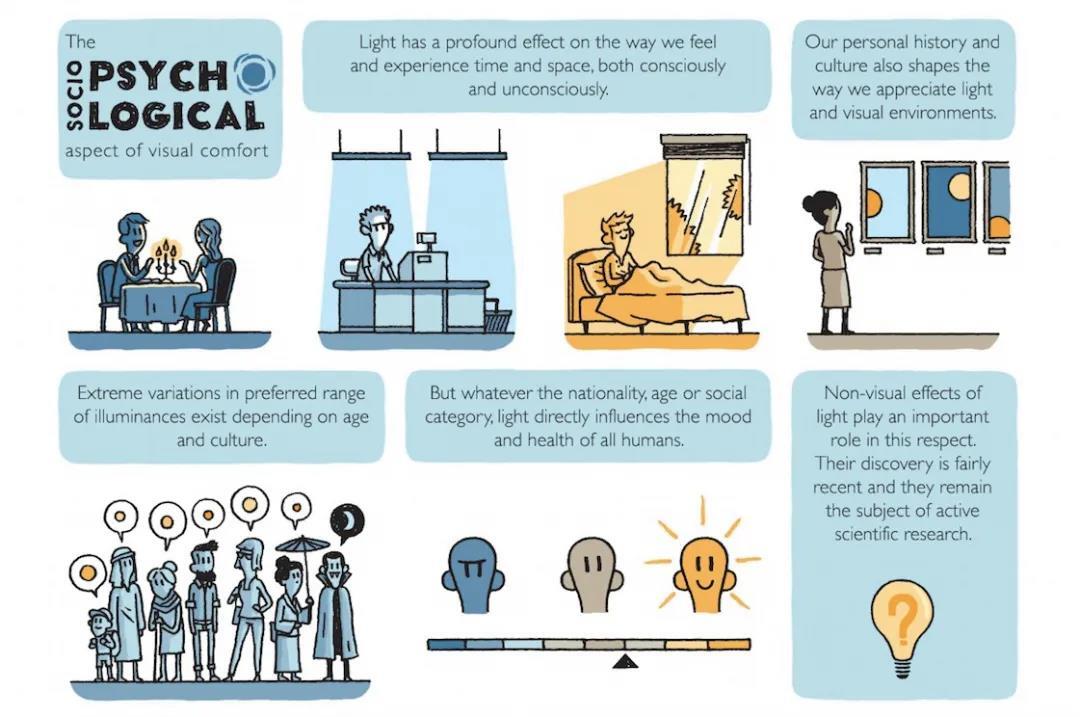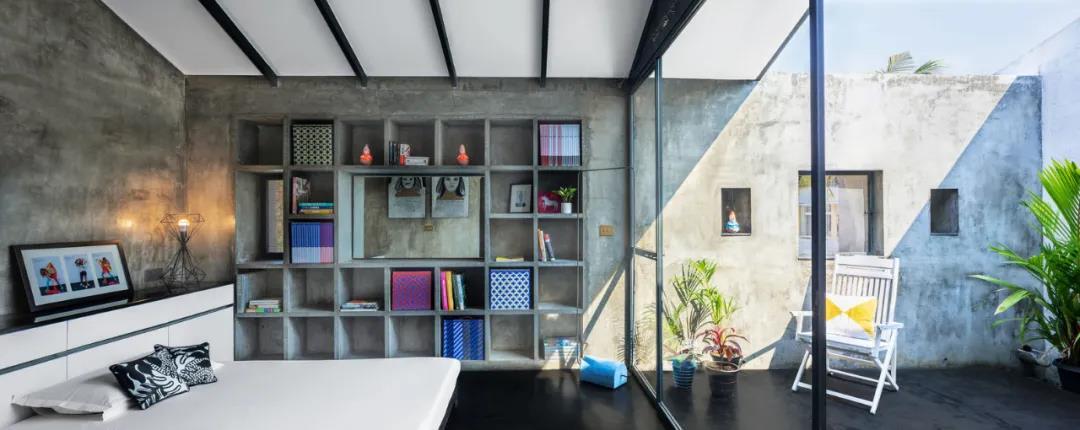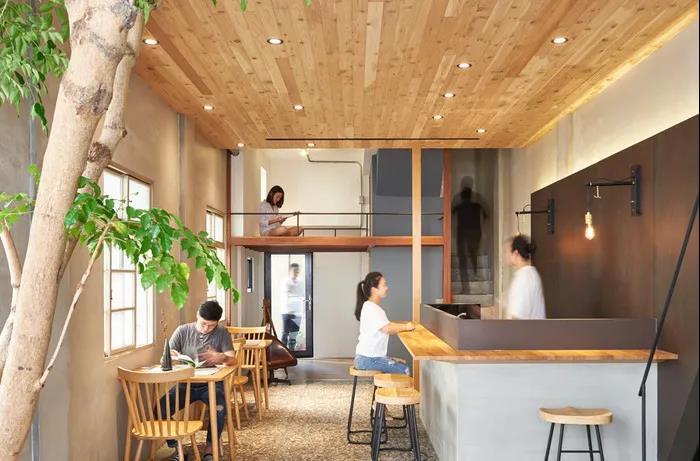Home & Garden
How to design "light" in terms of comfort and avoid visible light traps?
How to design "light" in terms of comfort and avoid visible light traps?
Architects gradually become aware of the impact on the happiness and health of project users. Natural light and how it complements artificial lighting is an important factor in considering the visual comfort of indoor spaces. But do we know how to handle it properly?

No visual discomfort is not enough to measure the success of a space. There is also the frequency of blinking, the degree of glare, or light blind spots to help determine the environmental quality of the room. Other important considerations include color performance, low reflection, and uniform light distribution. In order for people to see the clear scenery outside, it is also important to control the intensity of natural light by the number and location of openings in the building envelope.
Too little or too much light can cause visual discomfort. Important changes in light levels or strong contrast (known as glare) can cause stress and fatigue because the human eye is permanently adapted to light levels.

Therefore, everything that enters our eyes affects our physical and mental health, our biological clock (sleep and wakefulness), our heart rate, organ function, and mental state. The changeable and dynamic nature of natural lighting provides an opportunity for the building to make a positive contribution to the overall well-being of the occupants.

Aspects to consider when designing visual comfort
Natural light is always the most comfortable for human beings, because it is the light source that our eyes adapt naturally. Not only does it have a proven effect on health and well-being—increasing awareness during the day, improving sleep patterns, reducing the risk of depression, and many other aspects—but it also saves a lot of energy and avoids reusing artificial light sources.
When designing a new project, make full use of the orientation of the site and provide users with the best possible natural light through the correct opening design. According to the specific purpose of each room, the use of a space at different times or on different days should also be considered.

Do not rely on the observer to draw a light distribution map: illuminance and brightness
Illuminance, expressed as lux, is the light power that comes from all directions and reaches the completion point of a specific task. When measuring on a certain surface, such as on a desk in an office, make sure that the illuminance reaches 500 lux. Too high or too low will cause discomfort. This is effective for artificial lighting in offices and workplaces.

Brightness, expressed as (cd/m2, candela per square meter), corresponds to the different luminous intensity emitted or reflected by the light source and the surfaces around us per unit area. It basically describes the brightness of light from the perspective of visual perception and psychological perception. By measuring it, we can identify the contrast between light and glare, and understand whether the light is evenly distributed or comes from a specific light source.
In both cases, a photometer must be used. Measuring illuminance (lx) is called Lux Meter, and measuring brightness (cd/m2) is called Luminance Meter.

Assess the quantity and quality of light
In order to assess the amount of light, the distribution and illuminance of light in the space should be measured at specific and relevant points in the room that perform functions.

In order to measure the quality of light, the UDI must be modeled first. It integrates the evaluation of daylight level and glare, and sets the value that moves between 100 to 2000 lux to an acceptable range. Then calculate the Daylight Autonomy (DA), the percentage of daytime throughout the year that a specific point in the space set by the user remains above a certain light level. The new European daylighting standard EN17037 states that the following criteria should be met (the minimum requirements for space daylight autonomy): more than half a day in the day, 50% of the space reaches 300 lux of illuminance and more than half a day in the day, 100% of the space reaches 100 lux of illuminance.

Daylight autonomy is determined by the position and orientation of the glass, the shadow and position of the window, the ratio of the window to the floor, and the visible light transmittance. To strike an effective balance between all these variables, the following aspects are basic:
Consider the relationship between opening and space: window-to-ground ratio
The calculation of the ratio of the area of the opening to the area of the space is called the window-to-ground ratio (WFR), which is the total area of the opening divided by the total area of the space associated with it. This factor helps define the number of openings that will be effectively executed in every space of our project. It can also guide the size, location, and glass type of the opening. In some countries, such as France, it is mandatory for all newly built houses to have a WFR of at least 17%.
The WFR value must be multiplied by the visible light transmittance (VLT) of the selected glass, as described below, to ensure that the design moves within a certain threshold of visual comfort (usually higher than 0.15).

Determine the amount of light passing through the glass: visible light transmittance
According to the above description, the relationship between the opening and the space must be supplemented by the visible light transmittance (VLT), that is, the amount of visible light passing through the glass. Glass with a VLT of 50% allows 50% of the light to pass through and blocks the remaining 50%. With it, we can incorporate large openings in the project, while controlling the amount of light passing through it, increasing protection from ultraviolet rays and glare.

In order to obtain effective results, all these analyses must be combined with the calculation of other relevant factors, such as the solar heat gain coefficient and the U value. Must consider local regulations, as well as the technical specifications of the selected window type.
In addition to this, it is also important to evaluate the external field of vision and to integrate nature factors, such as urban or natural landscapes, or other elements that can be observed from each transparent surface. Also consider incorporating solar control systems or other methods that affect the visual comfort inside the building project.



5 users like this.
- Bathroom Vanity Lights
- Outdoor Lights
- Ceiling Lights
- Wall Lights
- Bedroom Reading Lamps
- All Categories
- Coupons

Your cart is currently empty.
 USD
USD
